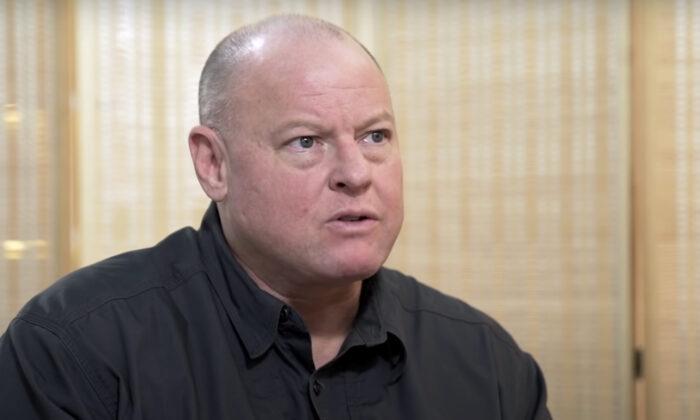President Joe Biden’s administration is expanding a United Nations migrant camp near the Darien Gap in Panama, according to war correspondent Michael Yon, just weeks after the White House announced that it’s ending Title 42 expulsions with Mexico.
The Darien Gap, which extends into Panama from Colombia, has become one of the most important routes for the illegal trafficking of migrants who try to reach the United States by passing through Central America.
Those migrants mainly come from Africa, Cuba, and Haiti, and the journey is often extremely dangerous.
“They’re building, they’re adding on the back of it,” Yon said. “So they’re expanding this camp. There were 130,000 that went through last year between this camp and a couple of others.”
Yon shared photographs recently taken by his drone from above the camp. The images show some of the tents clearly marked with “OIM onu Migración,” also known as “The International Organization for Migration (IOM)” in English.


The IOM is a United Nations agency that supports migrants across the world, providing services and advice to illegal aliens. It has also sheltered migrants in temporary housing.
IOM officials didn’t respond by press time to a request by The Epoch Times for comment.
Meanwhile, the total number of people crossing the jungle in 2022 has almost tripled, to 8,456 in the first two months of the year from 2,928 in the same period a year earlier.
“UNHCR and IOM recognize the Government of Panama’s positive efforts to provide assistance and reiterate their commitment to helping the authorities ensure access to aid and protection for all those in need, including host communities,” IOM said in a statement last month.
Yon’s comments come shortly after the Biden administration’s decision to end expulsions under the Title 42 policy, which had allowed U.S. Border Patrol agents to turn most illegal aliens back to Mexico immediately if they posed a health threat amid the COVID-19 pandemic.
The ending of the policy comes amid an influx of migrants attempting to enter the United States, and Border Patrol agents and local officials along the border are now preparing for more.
When asked how the ending of the Trump-era policy has affected the migrant crisis, Yon said there are more factors affecting immigration than the policy alone.
“The rains affected here, so now we’re going into the rainy season,” he said. “So that will slow it [migration] down for a while, but that’s normal, and then we’re going to explode again. I know what’s going to happen, it’s going to explode.”






